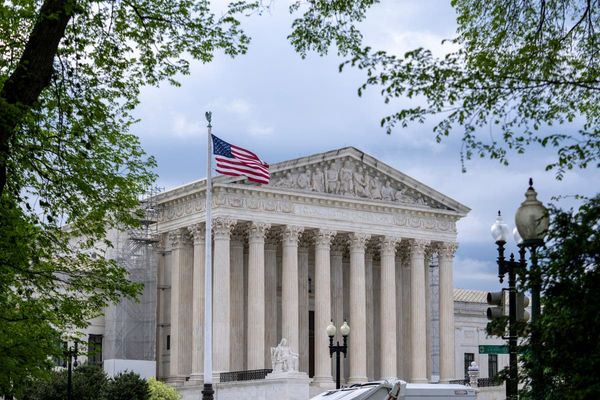
Almost two years after devastating flooding in northern NSW, locals are facing another holiday season in limbo amid frustratingly slow recovery efforts.
Five people were killed and thousands of homes were damaged or destroyed in February 2022 when heavy rain raised the Wilsons River to a record high of 14.4m.
In parts of Lismore, floodwaters of more than 10m inundated homes to the ceiling and reached the upper storeys of businesses in the town centre.
Since then, the Northern Rivers regional community has faced a slow rebuilding process, including a housing buyback program some say has pitted residents against each other and forced many to relocate altogether.
Some residents still live in caravans, tents or temporary pod villages, while others have returned to partially repaired homes as they are unable to afford to live anywhere else.
The true extent of people's displacement due to the floods likely won't be known until data from the 2026 census is released, Resilient Lismore executive director Elly Bird said.

"There's an unquantifiable amount of homelessness and displacement and there's no data so we can't capture it, but we know it's significant," she told AAP.
"We're going to be recovering for at least 10 years, if not more."
One of the challenges facing residents has been the government buyback program, previously run by the now-defunct Northern Rivers Reconstruction Corporation.
Residents said the scheme left them confused and was based on outdated information.
Harper Dalton, a lifelong Lismore resident, believes the recovery coordinated by the reconstruction corporation has been more damaging to the community than the flood itself.
"I believe Lismore's reconstruction has been one of the biggest failures in government responses," he said.
"If you look at how Lismore's recovery is tracking two years on, it is really poor."

In June, NSW Premier Chris Minns announced a "reset" of the flood buyback program, acknowledging it had not been working as intended.
The government announced the corporation would be absorbed into the NSW Reconstruction Authority from July.
About 1100 homes across seven local government areas are being prioritised for a buyback under the $700 million Resilient Homes program.
A spokesperson for the reconstruction authority said 689 offers had been approved and 488 offers had been accepted as of Thursday, December 21.
"Engaging with affected community members has been a priority for (the authority) and a significant component of the ongoing engagement has been directly door-knocking thousands of homes," they said.

Following the September reset of recovery efforts, the authority has door-knocked more than 4000 homes and talked to more than 1500 residents, the spokesperson added.
Mr Dalton said progress had improved since the authority took over, but he believed much of the damage had already been done.
While he managed to secure a buyback for his property - a process that "nearly killed him" - he was distressed for neighbours who had not been successful.
"It's been smoke and mirrors, and what (the buybacks) have done is cause division and re-traumatise people," he said.
"You couldn't make up how badly it's been handled."
Miriam Torzillo, from Northern Rivers community group Reclaiming our Recovery, said the buyback program pitted residents against each other.
"The design of the program was really poor and divided up people between those who got a buyback and those who didn't, those whose offers were high and those whose weren't, and divided the renters and the homeowners," she said.
"There might be some winners, but there are also many losers."

More than $3.5 billion has been allocated by the federal and NSW governments to repair the damage to homes, businesses and infrastructure in the region.
But Ms Bird said many Australians still didn't understand the scale of the disaster and the journey to recovery was a long way from being over.
"I think even though people saw those shocking images on TV and in newspapers, you don't understand what happened here unless you've been here," she said.
"We really hope the broader community understands how great our need is in terms of determining government funding priorities."







